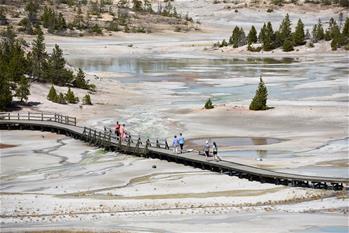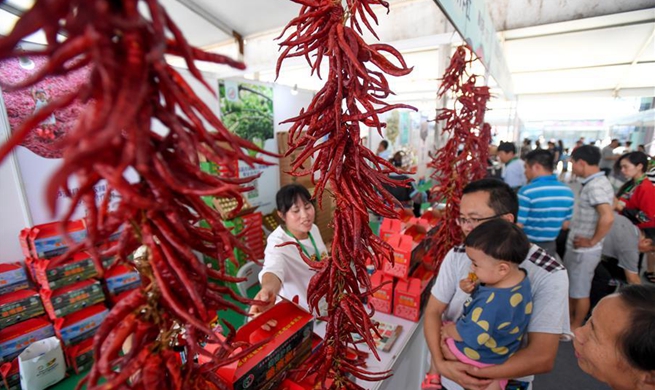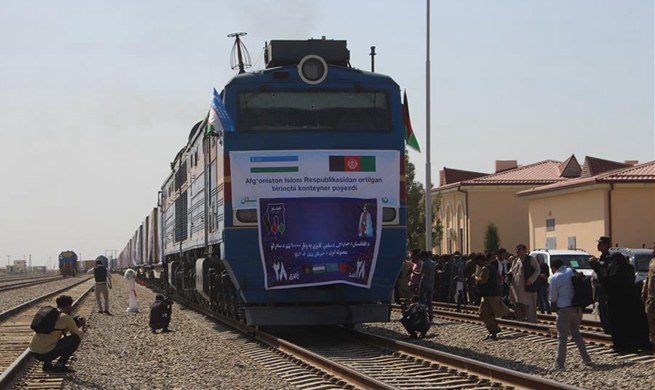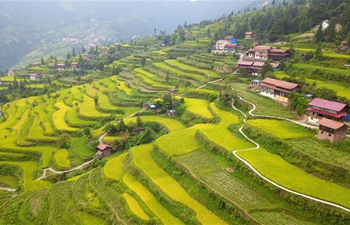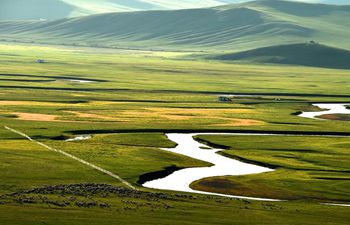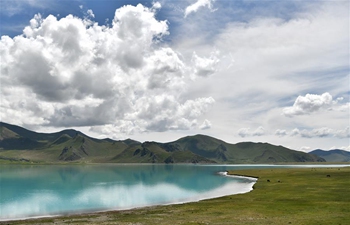Nairobi, Sept. 7 (Xinhua) -- About a decade ago, maize was mainly grown in Kenya as a food crop, with the cereal being the east African nation's staple.
Over the years, however, many farmers are growing the crop for animal feeds in a shift prompted by the changing climatic conditions.
While some of the farmers, who are dairy keepers, are growing the crop to feed their herd, others are farming it for sale in what has turned out to be a more profitable business.
The rains in Kenya have become extremely erratic, affecting maize growing which is mainly rain-fed in the east African nation.
This year, for instance, the long rain season in Kenya that usually lasts for three months from March to May was barely a month long, according to the Meteorological Department.
This affected maize planting, with most of the crop in the country's breadbaskets of western and Rift Valley currently at tussling stage instead of being harvested.
In other regions, however, most of the crop failed due to low rains. But farmers who plant the crop for making animal feeds - mainly silage - harvest at an early stage thus avoid ending up with a failed crop due to erratic weather.
"It makes economic sense currently to grow the crop for animal feeds than for human," dairy farmer Antony Kibet, who is based in Uasin Gishu, said on phone on Saturday.
Kibet this season grew maize on his two acres and harvested the crop months ago to make silage.
"I used it to make silage which I have stored for my 18 dairy cows. They are now assured of feeds for the next eight months," he said.
He switched to silage-making not only to avoid the bad weather but also due to poor maize prices in the market.
"Those who have not harvested their maize crop currently are grappling with heavy rains at a time the crop should be drying. This is something they had not anticipated," he said.
Maize prices currently stand at an average of 3,500 shillings (about 33 U.S. dollars) for a 90kg bag but prices normally decline to as low as 10 dollars when most farmers harvest.
The situation is worsened by cheaper imports from neighboring countries.
"If you have five acres of maize and sell it for silage, you can make more money because a stem goes for 0.009 dollars," said farmer Laban Okutoyi.
He noted that the early harvesting saves farmers the cost of fighting pests, harvesting, drying and storing the grain before transporting it to the market for sale.
Maize is harvested for making silage at four months when their seeds are soft, but not milky if squeezed open. If harvested at the right stage, the crop has more starch than sugar.
Felix Akatch, a livestock specialist at Egerton University, noted that growing maize for animal feeds has gained popularity among farmers in Kenya with many of them using it to make silage.
"Many farmers are growing ordinary maize but the best is yellow maize because it has more foliage and crude protein content. This practice is saving farmers the risk of crop failure due to the unpredictable weather and pests like fall armyworms. For the dairy farmer, in the silage made one is assured of quality feeds during the dry spell, which has been very frequent," he said.
He noted that growing maize for silage is one way of adapting to climate change though it denies human food, with Kenya currently importing nearly half of its maize from Uganda and Tanzania.

